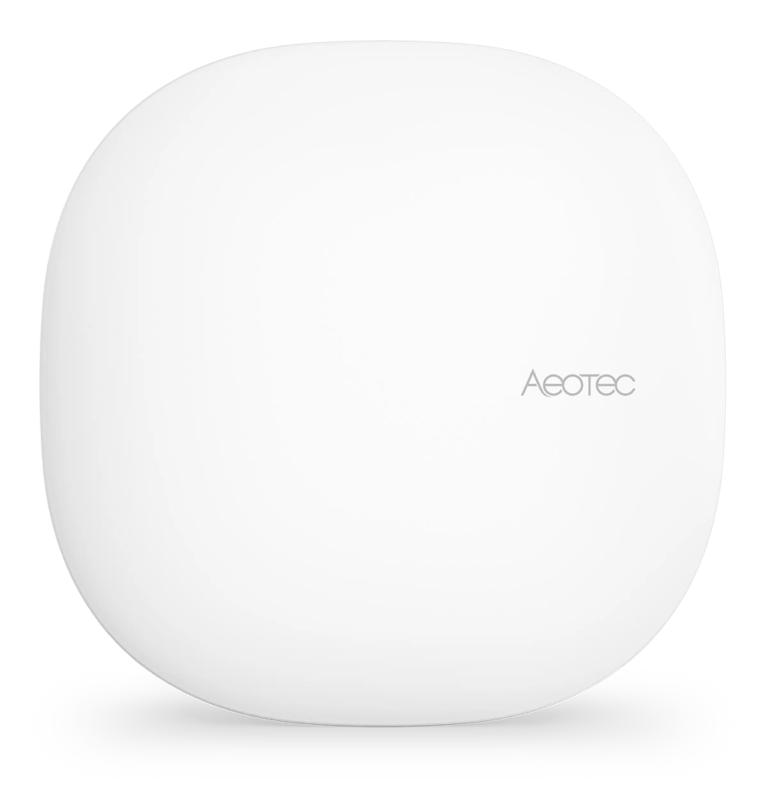
What is Zigbee?
Zigbee is a wireless communication protocol designed for low-power, low-data-rate applications. It is commonly used in smart home automation systems, industrial control, and sensor networks. This protocol operates on the IEEE 802.15.4 standard and provides reliable, low-latency, and energy-efficient communication between devices.
Zigbee is known for its reliability, low power consumption, and suitability for small-scale wireless networks with low to moderate data requirements. It is commonly used in smart homes, smart lighting systems, asset tracking, building automation, and other applications where low-power wireless communication is essential.

Low Power

Mesh Networking

Interoperability

Security

Scalability
Zigbee's Role in Smart Homes
It provides the foundation for connecting and controlling a diverse range of devices, enabling homeowners to create intelligent and interconnected environments that enhance comfort, convenience, and energy efficiency in their homes.
Prominent brands such as Samsung, Smart Things, Aeotec, Ikea, Philips, Aqara, and Osram have incorporated this technology into their product offerings. This means that their devices, such as smart hubs or smart bulbs, are equipped with Zigbee capabilities. By utilizing this tech, these devices can establish seamless connections and effectively communicate with other compatible devices.
Zigbee's Unified Ecosystem with Aeotec Hub
This interoperability among Zigbee devices is made possible by the standardized application profiles defined by the Alliance. These profiles ensure that devices from different brands can communicate effectively with Aeotec Smart Hub, regardless of their specific functionalities or manufacturers. Users can mix and match devices from various brands, creating a personalized smart home setup that suits their preferences and requirements.
Aeotec’s Smart Home Hub serves as a central control unit that leverages Zigbee’s capabilities to establish connections with a diverse array of Zigbee-enabled devices. This hub acts as the bridge, facilitating communication and coordination between different devices from various manufacturers. It creates a unified platform where users can manage and control their entire Zigbee-compatible smart home ecosystem from a single interface.
Aeotec & Zigbee: Smart Home Integration
By choosing these devices, users can benefit from the extensive range of compatible devices available in the market. They can effortlessly expand their smart home networks, adding additional devices or replacing existing ones, all while maintaining seamless connectivity and integration.
The incorporation of Zigbee technology in Aeotec Smart Home Hub, not only enhances connectivity but also offers advantages such as energy efficiency, reliability, and security. Its low-power design ensures prolonged battery life for battery-operated devices, while its mesh networking capability enables reliable and robust communication by creating multiple pathways for data transmission.


